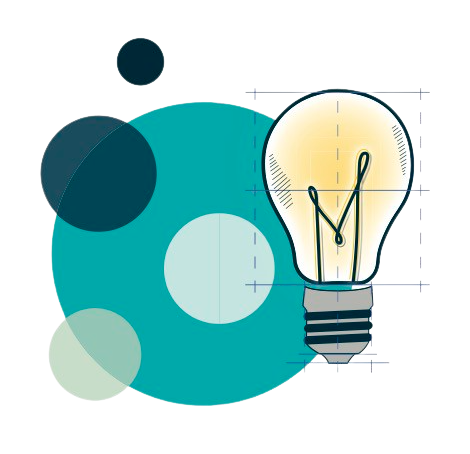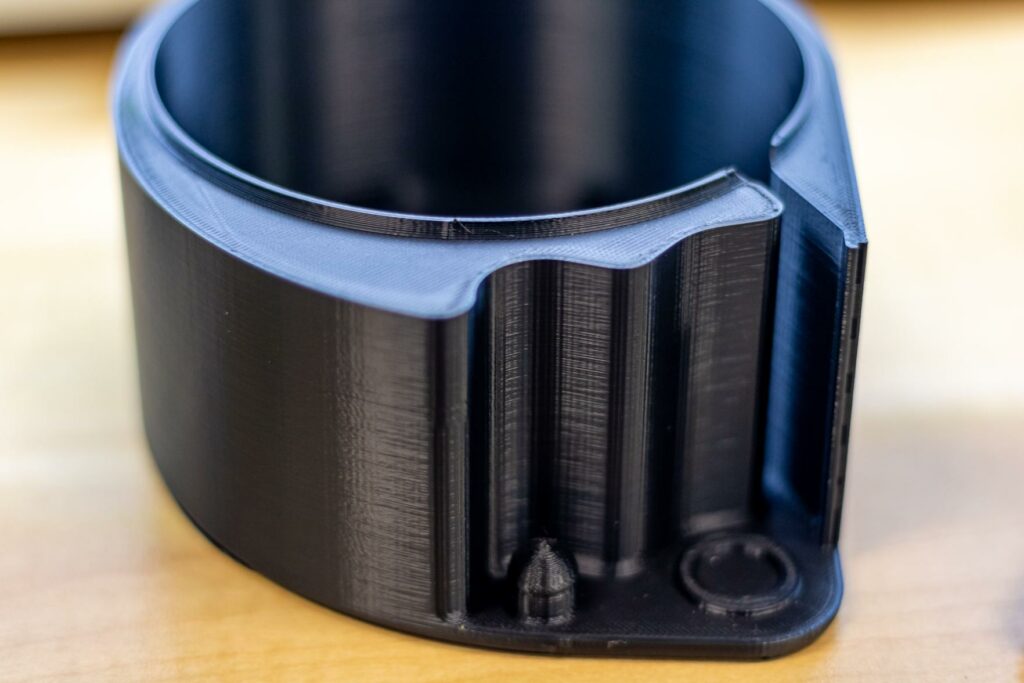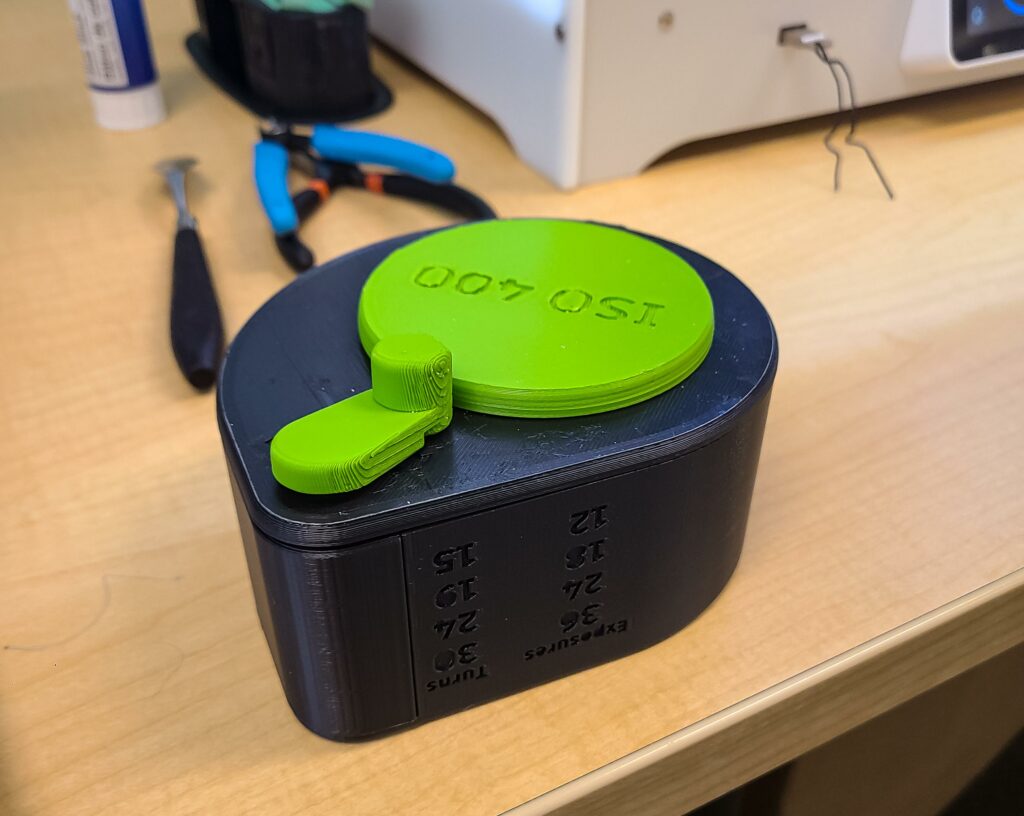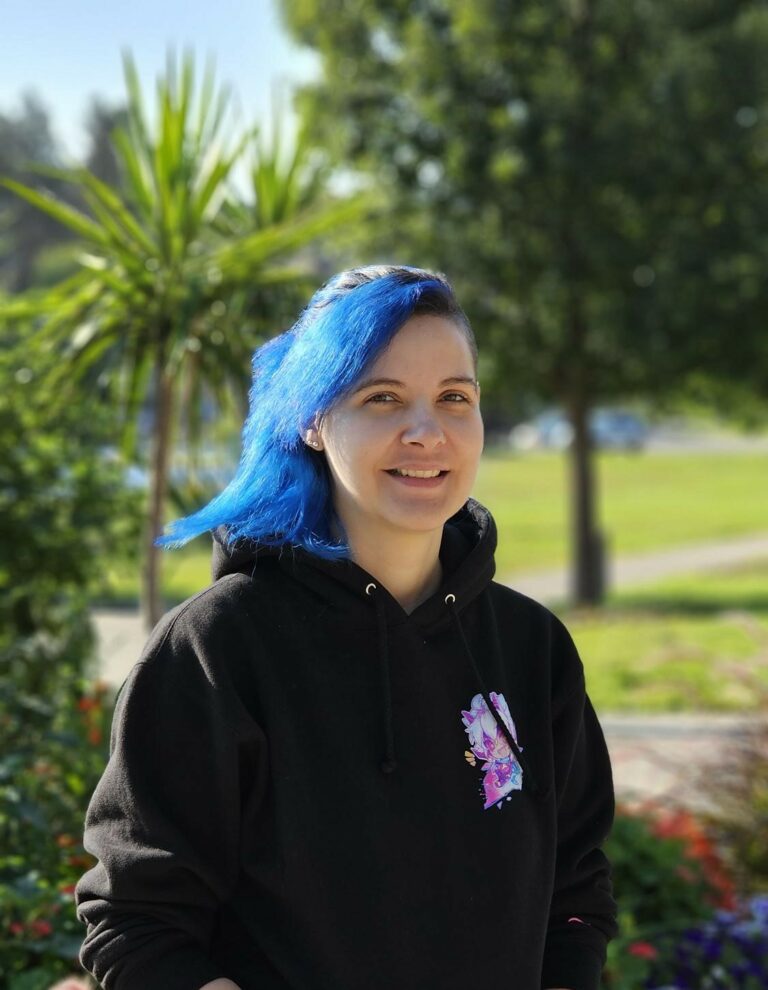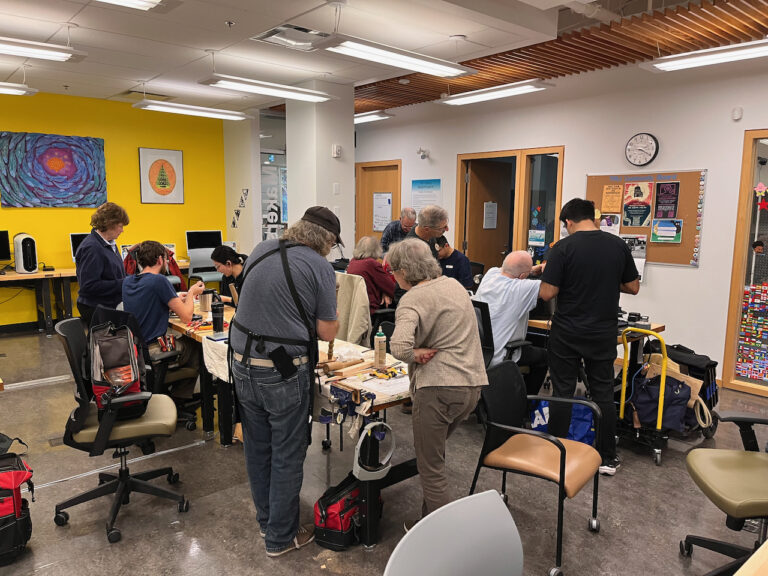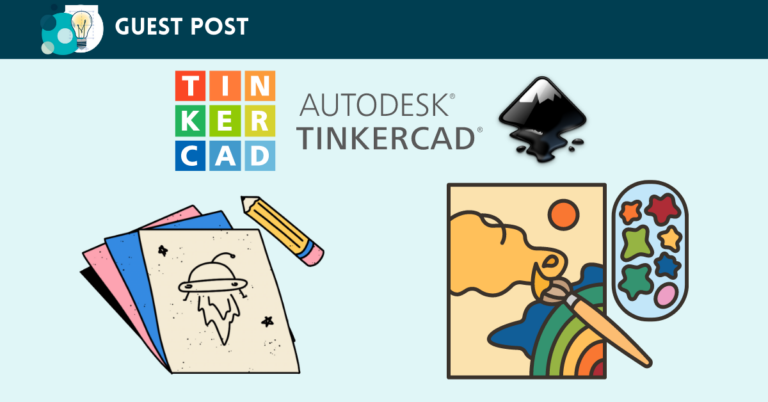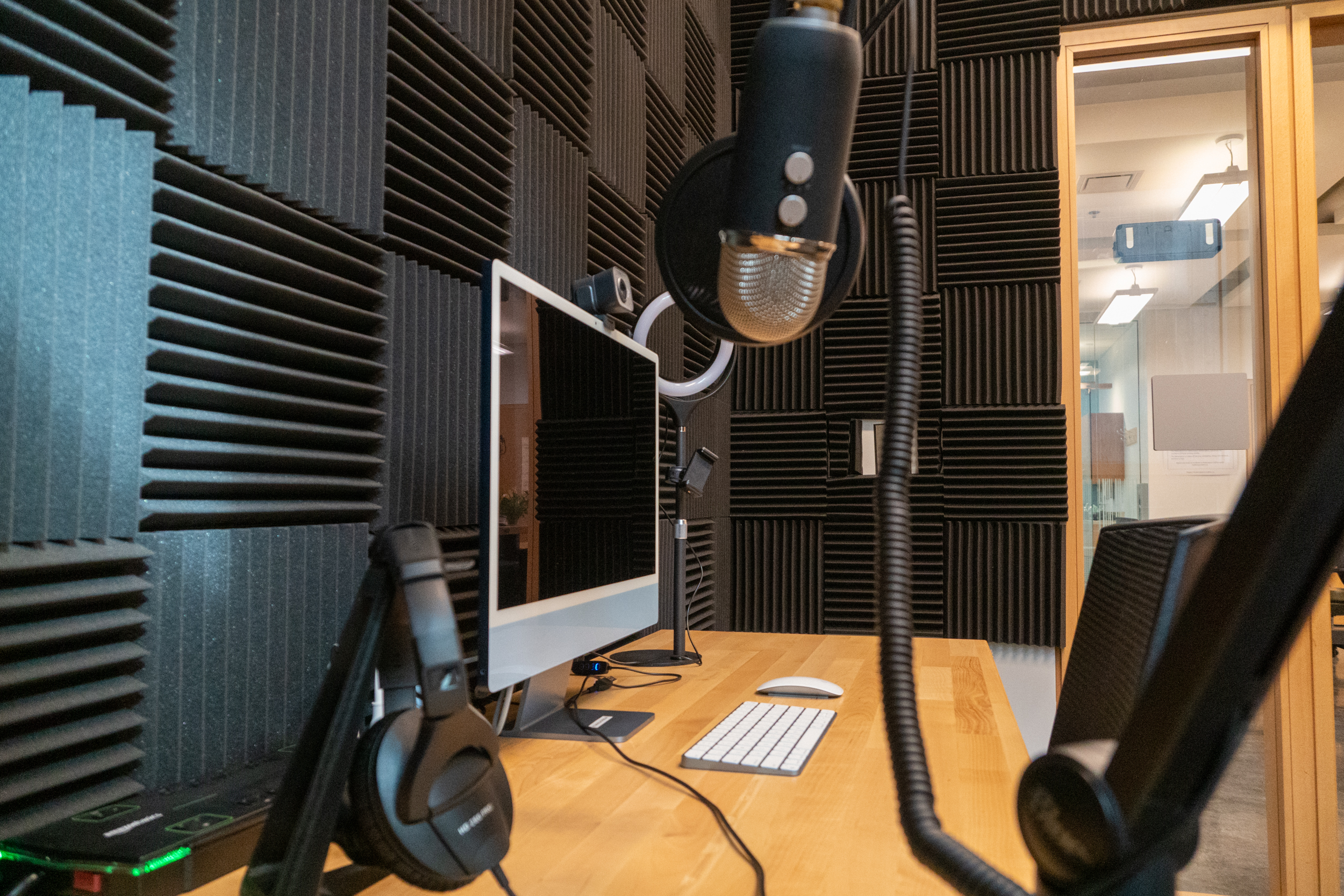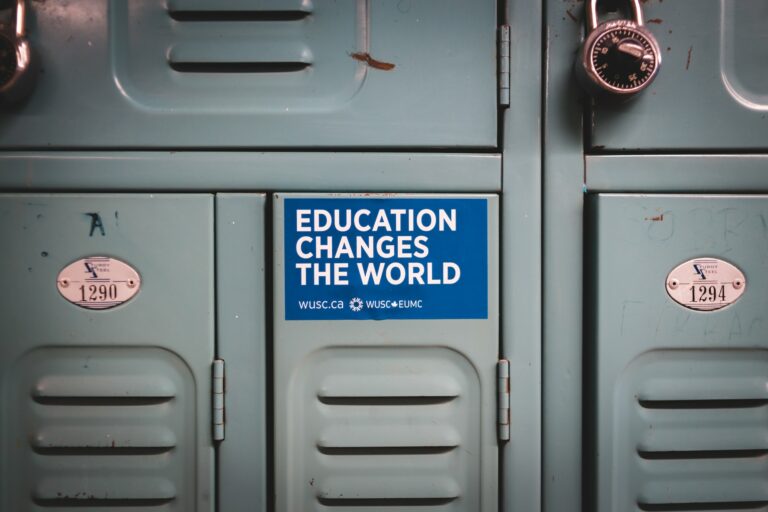Film photography and 3D printing a Bulk Film Spooler
Written by Dalton Hargreaves
Weyt-kp/ taanishi!
Before I take you on my 3D printing journey, I would like to acknowledge that I am writing this on the traditional and unceded territory of Secwepemc Nation within Secwepemcul’ecw.
For most of my life, I have had an undying interest in photography. It started with my father handing me an old Kodak DC3400 when I was eight on a family vacation in the Maritimes. Since then, my interest and passion for photography has only grown and with it my abilities. Around 2 years ago, old film photography piqued my interest, and I asked my father about the possibility of helping me to find a film camera. Instead, he gifted me his old Pentax K1000 which until then had just been collecting dust, tucked away. There was no turning back for me.
As soon as I could I bought a few rolls of film, some darkroom equipment to develop the film, and an enlarger to make prints. Over time it got hard to ignore that one of the biggest issues with film photography is the cost of the film itself. Unfortunately, when film photography becomes more and more of a serious hobby, it really starts to add up. The best way to get around this problem is buying film in bulk, but there is a snag. You have to load it yourself into empty film reels with a special loading tool. Since film is an outdated form of media finding used film loaders are scarce and can be quite costly.
When I was able to access the TRU Makerspace and use a 3D printer, I wondered if I could bring these two worlds together and set out to see if I could print my own from a predesigned item found online. Being able to 3D print the film loader became more than just a way to get the tool I needed without scouring the used markets, it became a thing I could say I put the time and effort into creating ‘from scratch’.

This file, created by Neville Francis Morris, a manufacturing engineer in the US who also has used product design and 3D printing as a creative outlet, is called “Bulk Film Spooler”. As you can see my 3D print of this file ended up turning out pretty well. Although I didn’t design it, making sure the prints succeeded still took a careful observation, choosing and loading correct material, and learning how to use the Ultimaker Cura app. Most importantly, however, this project gave me the opportunity to experience and learn something I hadn’t before: the joys of 3D printing.
Since then, 3D printing has opened up a whole new world to me. I’ve been able to print a small frame I designed myself in a program called Tinkerbot to allow me to make test prints in my darkroom without guessing the exposure time or getting wonky test prints using a piece of paper. Being able to 3D print also helped when I wanted to digitize my film to share online. My photo scanner while capable of scanning film, was missing the crucial bracket needed to hold the film in place. I found someone who had designed the exact part I needed, and it worked beautifully!
I’ve come to realize 3D printing really is a fascinating tool that can help to find or create items we may need or use in our daily lives. I think the greatest part of 3D printing is the constant creation of new ideas, and things to help us in our daily lives, perhaps even allowing us to reduce the waste of throwing out broken things when it’s possible to find or create your own replacement part!
I hope you too can find as much joy and interest as I did with 3D printing, and I look forward to seeing you in the TRU Makerspace! Kukwstsétsemc/ Maarsii
